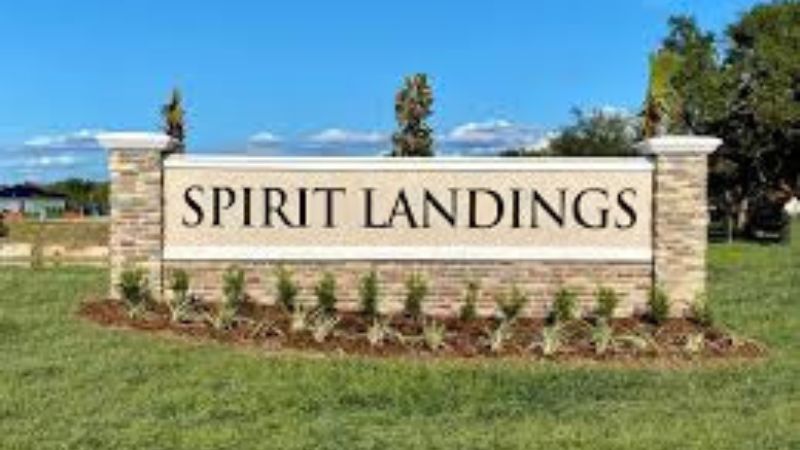A well-designed monument sign can honor a neighborhood’s history, celebrate diversity, and turn an ordinary intersection into a landmark. Innovative signs engage the public with local culture or technology, serving safety and wayfinding needs. They boost civic pride, highlight local stories, and show environmental care. Their versatility enhances community interaction. Investing in modern signs is convenient for groups wanting to refresh their identity or cities seeking stronger connections.
Monument signs have evolved far beyond their original function as mere waypoints—they now serve as enduring fixtures that anchor and enrich communities. Through intentional design and placement, custom monument signs foster a distinct sense of place while upholding the values and character unique to each community. These highly visible structures function not only as navigational aids but also as symbolic touchpoints that unite residents and welcome visitors.
Table of Contents
Establishing Community Identity
Custom monument signs are distinguishing features that give communities and commercial districts a definitive sense of identity. By displaying town logos, historical references, or thematic visuals, these signs become destinations in their own right—often the first impression both residents and newcomers form of an area. Cities across the U.S. increasingly use monument signs with artistic elements and meaningful symbols to encapsulate their values and story. Whether showcasing heritage through engraved dates or highlighting local achievements, signs like these tell stories that reinforce civic pride and belonging.
Enhancing Wayfinding and Safety
Clear, thoughtfully placed monument signs ensure residents and visitors can easily navigate neighborhoods, campus-style developments, commercial districts, and parks. Beyond aesthetics, they prevent confusion, help reduce travel-related frustration, and mitigate the risks of accidents caused by unclear directions or unmarked intersections. Especially in large complexes or towns with similar street names, well-designed monument signage demystifies navigation, unites neighborhoods, and can improve the perception of safety and order for all who pass through.

Incorporating Local Culture
Monument signs offer a canvas for communities to express their unique heritage by integrating motifs, languages, or materials that resonate with their history and demographics. For multicultural cities and towns, displaying locally relevant designs extends an inviting message of inclusivity and representation. Signs can feature indigenous art, bilingual messages, or elements recalling important local events. In this way, signage goes beyond mere labeling to become a shared focal point and a living testament to collective identity, helping residents and visitors connect more deeply to the neighborhood.
Leveraging Modern Technologies
Today’s monument signs can be enhanced with contemporary digital tools and technology. Digital monument signage improves visibility by day and night and allows content to be updated easily for events or announcements. Some communities and organizations use interactive elements like QR codes, NFC sensors for detailed information, or Augmented Reality (AR) features that deliver an immersive experience. For example, AR-enabled monument signs might trigger multimedia presentations or virtual tours via smartphone, transforming static landmarks into dynamic, educational assets that capture the attention of younger, tech-savvy audiences.
Promoting Sustainability
Communities increasingly recognize the importance of responsible construction and material choices when designing monument signs. Using recycled metals, recovered wood, or energy-efficient LED lighting not only reduces the project’s environmental impact but also sends a clear message about the community’s commitment to sustainability. Selecting eco-friendly materials and partnering with local craftspeople fosters a sustainable identity, reduces long-term maintenance costs, and appeals to environmentally conscious residents and visitors. These practices can help neighborhoods align public-facing infrastructure with broader green initiatives and climate action goals.
Conclusion
Monument signs are essential components of vibrant, inclusive, and identity-rich environments. When communities invest in signs that reflect local heritage, champion innovative technology, and employ sustainable practices, they create more than navigation aids—they offer shared landmarks that promote engagement, storytelling, and environmental stewardship. Whether through celebrating diversity, improving public safety, or activating public memory, monument signs remain indispensable for communities dedicated to forging strong, unified, and forward-thinking identities.



